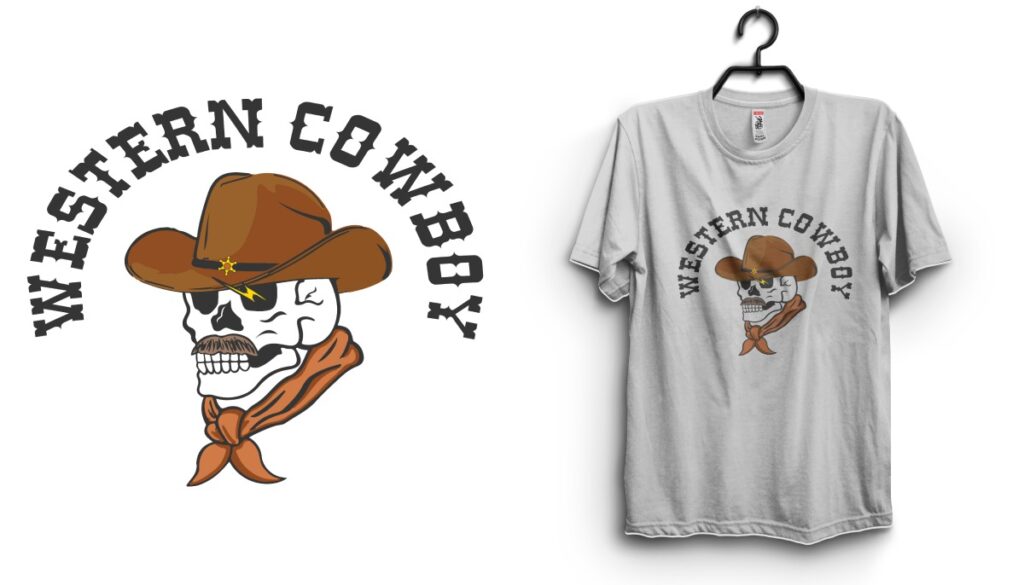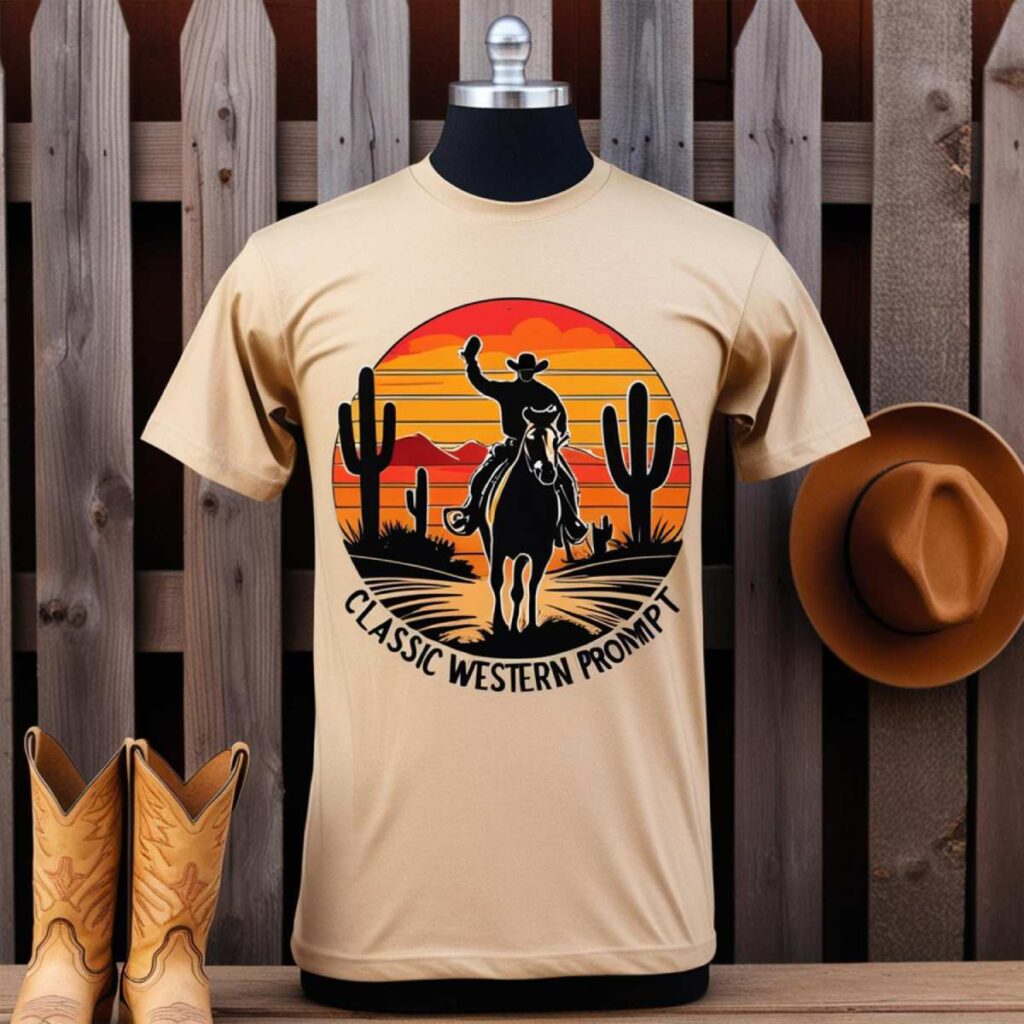UV DTF printing has emerged as a groundbreaking innovation in the printing industry, blending the advantages of UV printing technology with the efficiency of the Direct to Film process. This technique enables high-resolution, vibrant prints on a multitude of surfaces, including textiles, wood, and metals, making it a versatile solution for various printing needs. The blog will serve as a detailed guide on how to start UV DTF printing, covering essential equipment, tips, and strategies that can elevate your printing projects. Among the benefits of UV DTF printing are quick drying times and the ability to produce eye-catching designs that stay true to color and detail. Dive into this comprehensive exploration to unlock the potential of DIY UV DTF printing and transform your creative ideas into reality.
When discussing modern printing techniques, many people are intrigued by methods like Direct-to-Film (DTF) printing enhanced by UV technology. This cutting-edge process revolutionizes how graphics are applied to diverse materials, offering remarkable detail and color vibrancy. Available for both professional setups and DIY enthusiasts, this printing method combines rapid-drying capabilities with versatile applications, appealing to businesses looking to diversify their product offerings. In this article, we will guide you through the essentials of starting with DTF printing utilizing UV inks, helping you understand the required equipment and the significant advantages it presents over traditional printing options. Join us as we delve deeper into this exciting realm of printing possibilities!
Exploring the Benefits of UV DTF Printing
UV DTF printing significantly transforms the landscape of print production by offering numerous advantages that set it apart from traditional techniques. One of the most remarkable benefits is its quick drying time, made possible by the curing process that occurs instantly when the UV light strikes the ink. This efficiency not only enhances productivity but also allows for faster turnaround times, which is crucial for meeting tight deadlines in today’s fast-paced market. Furthermore, UV DTF’s versatility enables printing on a wide variety of substrates, including textiles, metal, acrylic, and even wood, thereby allowing businesses to explore new product opportunities and expand their customer base.
Another significant advantage of UV DTF printing is its capacity to produce high-quality prints with vibrant colors and intricate details. The technology allows for excellent color reproduction, ensuring that even the most complex designs can be accurately replicated. This quality is particularly important for businesses that rely on striking visuals to attract customers, such as in fashion or promotional items. Additionally, the durability of UV-cured prints means that they are resistant to fading and can withstand harsher environments, making them suitable for both indoor and outdoor applications.
How to Start Your Journey with UV DTF Printing
Beginning your UV DTF printing journey involves several essential steps to ensure a successful setup. The first step is thorough research into UV DTF printing technology; understanding the process, limitations, and materials it utilizes is crucial. By exploring online tutorials, reputable blogs, and community forums, aspiring printers can acquire a wealth of knowledge that will aid in their decision-making process. Familiarity with the equipment and procedures will provide a solid foundation for operating UV DTF printers effectively.
Subsequently, selecting the right equipment is vital for maintaining quality and efficiency in your prints. Various brands like Mimaki and Roland offer different models tailored for specific needs and budgets. It’s essential to compare features such as print width, speed, and the types of materials compatible with the printer. Furthermore, don’t forget to invest in necessary supplies like UV inks and transfer films to match your printer model, ensuring a seamless workflow from the very beginning.
Choosing the Right UV DTF Printing Equipment
When it comes to UV DTF printing, the choice of equipment can make a significant difference in the quality and efficiency of your production process. It’s crucial to evaluate various printer models based on your specific needs, considering factors such as the scale of your business, the materials you intend to print on, and your budget. For example, high-end models may offer enhanced color accuracy and faster printing speeds, while more compact versions are suitable for smaller operations and limited workspace.
In addition to the printer itself, other equipment components should not be overlooked. Essential accessories include UV transfer films, compatible inks, and flatbeds for larger media handling. These elements are just as critical to achieving the desired final product. Customer reviews and product comparisons can aid in making informed decisions, ensuring you invest in equipment that meets quality and operational standards.
Setting Up a Productive Workspace for UV DTF Printing
A well-organized workspace is crucial for maximizing productivity and ensuring high-quality output in UV DTF printing. Begin by selecting an area that is adequately ventilated, as UV inks can produce harmful fumes during the printing process. A clean, spacious environment reduces clutter and allows easy accessibility to all your printing materials and equipment, enhancing your workflow. Additionally, investing in surfaces that can withstand spills and are easy to clean will help maintain your workspace’s integrity over time.
Moreover, consider incorporating shelving units or storage solutions that can house your inks, transfer films, and equipment. This organization not only keeps your space tidy but also allows you to find tools and materials quickly, facilitating smoother operations. A dedicated area for design work, equipped with the necessary software and tools, can further streamline the production process, allowing you to transition seamlessly from design creation to printing.
Software Selection for Optimal UV DTF Printing
The choice of software plays a pivotal role in achieving excellent print quality and operational efficiency with UV DTF printing. Industry-standard design software such as Adobe Illustrator and CorelDRAW are favored due to their versatility and extensive features, which facilitate professional design creation. It’s important to ensure that your software is compatible with your printer’s requirements, which may dictate specific file formats and settings to achieve optimal results in your printing endeavors.
In addition to design software, consider the inclusion of RIP (Raster Image Processor) software that can improve workflow and facilitate color management during the printing process. RIP software converts vector images into raster formats that printers can read, thus optimizing the output. With effective software selection, you can enhance your design efficiency and ensure that your UV DTF prints meet high standards of quality and creativity.
Testing and Transitioning to Production in UV DTF Printing
Testing is a critical step in the UV DTF printing process that should not be underestimated. Before transitioning to full production, conducting test prints on various substrates is essential to gain insights into how materials interact with the printer’s settings. Adjustments to parameters such as speed, curing time, and ink density can be made based on these trials, ensuring that the final output meets quality expectations. Proper testing fosters confidence in your settings and helps you identify the best practices tailored to your specific needs.
After validating the quality of your test prints, you can begin transitioning to a production workflow. Starting with a controlled volume of small batch runs enables you to maintain a manageable quality control process while fine-tuning your production methods. Once you’ve established efficiency and effectiveness in your workflow, you can gradually scale up to higher volumes, allowing for smoother operations as you become more comfortable with your printing techniques.
Frequently Asked Questions
What is UV DTF printing and how does it work?
UV DTF printing, or UV Direct to Film printing, is a modern technique that allows for vibrant and high-resolution prints on various materials such as textiles, wood, and metal. This process involves printing a design onto a special film using UV inks, which cure instantly upon exposure to ultraviolet light, allowing for quick drying times and diverse printing options.
What equipment do I need for UV DTF printing?
To start with UV DTF printing, you’ll need essential equipment like a UV DTF printer from reputable brands such as Mimaki or Roland, compatible UV inks, and transfer films. It’s crucial to choose equipment based on your production needs and budget, along with considering accessories like a flatbed for efficient material handling.
What are the benefits of UV DTF printing compared to other techniques?
The benefits of UV DTF printing include quick drying times due to the instant curing of UV inks, versatility in printing on different surfaces, and exceptional print quality with vivid colors and intricate details. This technique is particularly advantageous for businesses aiming to offer a diverse range of products.
How can I get started with DIY UV DTF printing?
To get started with DIY UV DTF printing, first research the UV printing technology to understand its benefits and processes. Invest in a suitable UV DTF printer, prepare your workspace for safety and efficiency, and utilize design software for creating high-resolution graphics. Testing your prints on various substrates will help refine your technique.
What design software is best for UV DTF printing?
When it comes to UV DTF printing, industry-standard design software like Adobe Illustrator and CorelDRAW are recommended. These programs support high-resolution file formats and allow for intricate design work crucial for maximizing the potential of UV printing technology.
How do I ensure quality control in UV DTF printing production?
To ensure quality control in UV DTF printing production, begin with test prints on different substrates to understand how settings affect quality. Start with small batch runs to monitor output closely, making adjustments to printer settings like speed and ink density as needed. Gradually scale your production as you grow more comfortable with the process.
| Key Component | Details |
|---|---|
| Introduction to UV DTF Printing | Combines UV printing technology with the Direct to Film process for high-quality prints on various materials. |
| Key Benefits | Quick drying times, versatile printing options, and high-quality color reproduction make it popular among businesses. |
| Step 1: Research | Familiarize yourself with the printing process, materials, and technology through resources and tutorials. |
| Step 2: Choose Equipment | Invest in reputable brands like Mimaki and Roland, and ensure compatibility with accessories. |
| Step 3: Prepare Workspace | Establish a ventilated area with adequate space for the printer and materials to ensure efficiency. |
| Step 4: Software Selection | Use design software like Adobe Illustrator or CorelDRAW to enhance print quality and design efficiency. |
| Step 5: Design Creation | Format designs correctly with appropriate resolution and color profiles that highlight the printing capability. |
| Step 6: Test Print | Conduct test prints on various substrates to ensure proper settings for quality output. |
| Step 7: Production Transition | Begin with small batch runs to fine-tune quality control before increasing production volumes. |
| Step 8: Marketing Strategies | Promote services through social media and online platforms while engaging with the UV printing community. |
Summary
UV DTF printing is an innovative and promising method that combines the advantages of UV technology with the Direct to Film printing process. This technique allows for vibrant, high-resolution prints on a variety of materials, making it a versatile choice for businesses aiming to offer unique products. By understanding the fundamentals, investing in quality equipment, preparing an efficient workspace, and employing effective marketing strategies, aspiring printers can successfully venture into UV DTF printing. With the demand for high-quality printing solutions on the rise, now is the perfect time to harness the potential of UV DTF printing and meet the needs of a diverse customer base.



